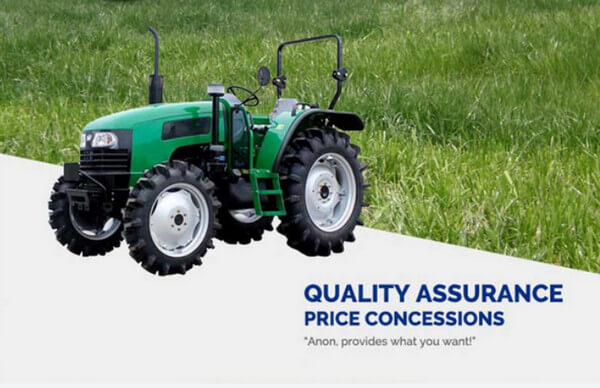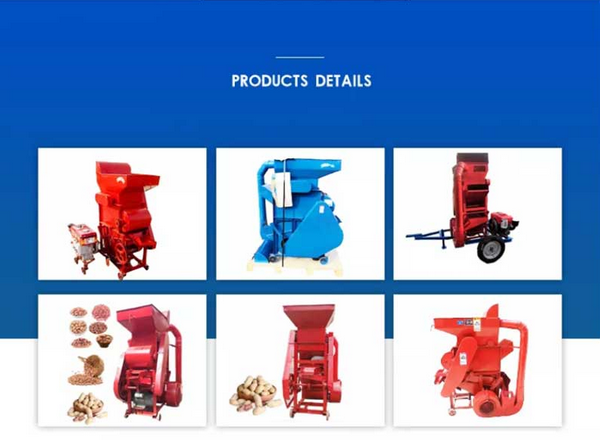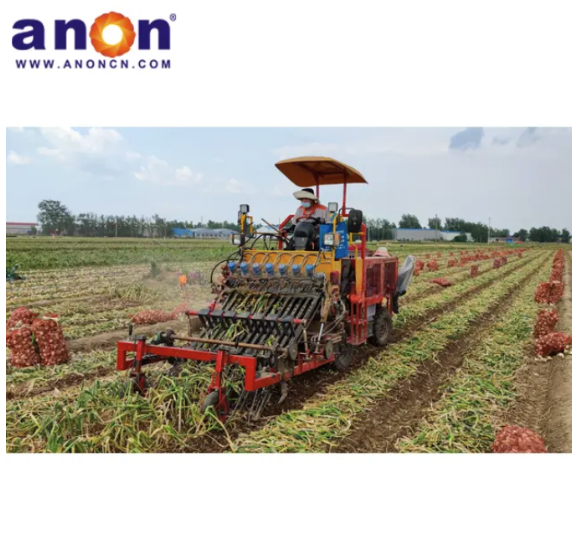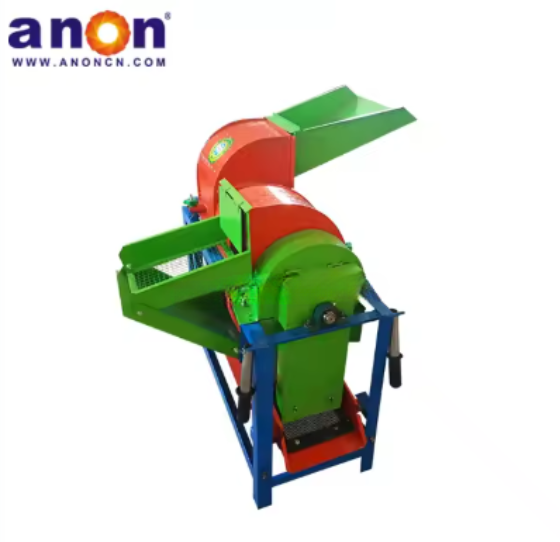During busy farming seasons, seeding efficiency is very important. That’s why seeders were invented—they are agricultural machines designed to solve this problem. Seeders can significantly increase seeding efficiency, and some types also improve planting accuracy. I will introduce you to the different types of seeders, how they work, their applications, and their advantages to help you choose the right seeder for your needs.
You can also check this infographic to have a quick look:
Types of Seeders

Broadcast Seeder
Broadcast Seeder
A broadcast seeder is a machine that evenly spreads seeds on the ground. The most common type is the centrifugal seed spreader, which is usually mounted on a tractor. It mainly consists of a seedbox, a spreading disk, and a drive system, and the seed box often includes a mixer.
How does Broadcast Seeder Work
The working principle of a broadcast seeder is quite simple. The spreading disk is located below the seed box and is powered by a pulling device. It rotates at a speed of about 500 to 1,000 revolutions per minute. The seeds are mixed inside the seed box and fall onto the spreading disk. Due to centrifugal force, the seeds are then spread out in a straight line. The width of the spread depends on the type of seeds, the speed of the spreading disk, and the height above the ground, typically reaching between 6 to 15 meters.
Application
When using a broadcast seeder, the seeds may not be spread very evenly. This method is suitable for crops that don’t need precise spacing, like grass, rice, and tree seeds. You can also spread some powdered or granular materials, such as lime, fertilizer, and snow melt products.
Advantages
The structure of a broadcast seeder is quite simple, so you don’t need to do complicated operations. It’s easy and fast to use for seeding. Plus, you can spread any granular material, which means the size of the seeds isn’t a limitation.

seed drill
Seed Drill
A seed drill is an agricultural machine that evenly plants seeds in rows based on your chosen row spacing, seeding depth, and seed quantity. It usually consists of a frame, pulling or mounting device, seed box, seed dispenser, drive system, seed tube, opener, marker, wheels, and soil covering device.
The seed dispenser and opener can vary depending on the type of crop. The most common seed dispenser is the outer-fluted type, while there are several types of opener including hoe-type, knife-type, single-disc, or double-disc.
How does Seed Drill Work
When in operation, the tractor pulls the seed drill forward. The opener digs seed furrows at the depth you set. The wheels turn, activating the seed dispenser through the drive system. As the wheel-type seed dispenser rotates, seeds are evenly released into the seed ditch, then fall into the opener and slide down into the seed ditch. Finally, the soil covering device goes over the furrow, covering the seeds with soil and compacting it a bit. This helps the seeds make close contact with the soil, which is good for the seed’s germination and growth.
When you want to stop working, you can use the lift system to change the opener from working mode to transport mode. At the same time, the clutch in the drive system disconnects, which stops the seed dispenser from working.
Application
A seed drill is suitable for planting small kernel crops, such as wheat, barley, oats, buckwheat, rice, and canola. These crops require wide row spacing and close planting spacing. The seed drill can increase planting density, which helps improve both the yield and quality of the crops.
Advantages
A seed drill can meet your needs for planting various types of crops. If it has a fertilizer box, it can perform furrowing, planting, fertilizing, and covering soil all at once, greatly improving planting efficiency and saving time and labor costs.
On the other hand, the seed drill will plant at a stable density based on your settings, which saves both seeds and fertilizer, maximizing fertilizer use. Additionally, the seed drill operates quickly, usually reaching speeds of 12 to 15 kilometers per hour.

seeder
Hill Seeder
A hill seeder, also known as a seed dibbler or precision seeder, can plant seeds into furrows or holes at specific row spacing, plant spacing, planting depth, and seed quantity, and then cover them with soil.
Hill Seeders can be divided into two main types based on the seed dispenser: disc seeders and pneumatic seeders. Disc seeders can be further divided into spoon wheel type and finger type. Pneumatic seeders can be split into air-sucking type and air-sweeping type. The structure varies depending on the type of seed dispenser used.
The structure of a hill seeder is similar to that of a seed drill. A disc seeder mainly includes a parallelogram linkage system, seed dispenser, frame, opener, packing wheel, and drive mechanism. In contrast, a pneumatic seeder consists of a main beam, upper mounting frame, lower mounting frame, marker, fan, pneumatic seed dispenser, seed and fertilizer box, and ground wheels.
How does Hill Seeder Work
Disc Seeder
When a disc seeder is in operation, seeds from the seed box are picked up by the scoops or spring clips on the seed dispenser. Excess seeds fall out due to gravity. The seeds that are lifted then rotate to an opening and drop into the prepared holes. Just like with a seed drill, a packing wheel covers and compacts the soil over the seeds.
Air-sucking Seeder
An air-sucking seeder does not move seeds mechanically; instead, it uses airflow created by a fan. During operation, a high-powered fan generates negative pressure, connecting the fan to a vacuum chamber through a tube. This vacuum chamber also maintains negative pressure, causing seeds to stick to a perforated disc and rotate with it. When the disc reaches the seed release position, the suction stops, and the seeds drop into the furrow due to their weight or the action of a seed scraper.
Air-sweeping Seeder
When an air-sweeping seeder operates, seeds from the seed box fill the holes in the seed wheel due to gravity and air pressure differences. As the seed wheel turns to the seed-clearing area, the fan blows high-pressure air through a nozzle to remove any extra seeds from the holes, ensuring that only one seed stays in each hole. When the seed dispenser moves to the planting area, the air pressure drops and the seeds fall out by their own weight into the seeding holes.
Application
A hill seeder is suitable for crops like corn, cotton, sugar beets, sunflowers, and beans, which require cultivation between rows. To allow for effective field management during the crop’s growth, it’s important to have enough plant spacing and row spacing. That’s why a hill seeder is often called a planting machine for cultivated crops.
Advantages
A hill seeder provides more precise and even seeding. Like a seed drill, it saves seeds and fertilizer. Pneumatic seeders do not have strict size requirements for seeds, which reduces contact between the seeds and the machine, lowering the chance of seed damage. This greatly increases seed survival rates. While ensuring accurate seeding, a seed drill can operate at speeds of 7 to 12 kilometers per hour.
Conclusion
To choose the right seeder, it’s important to understand how it works and its applications. Using an unsuitable seeder can lead to poor results. At ANON, we are experienced agricultural machinery experts who can help you make the best choice. Feel free to reach out to us for advice anytime!
FAQ
What is the benefit of a seeder?
- Provides planting accuracy
- Saves seed costs
- Increases operational efficiency
- Highly versatile










